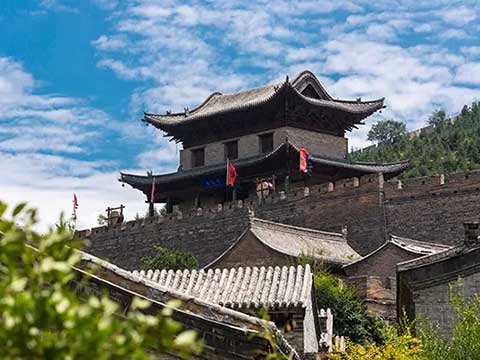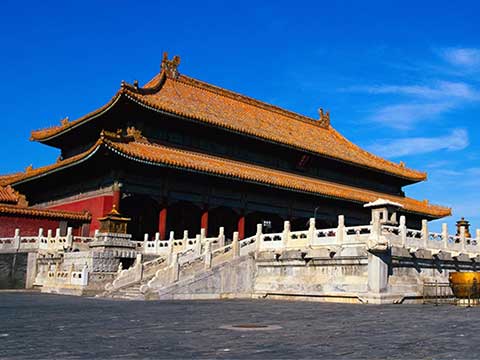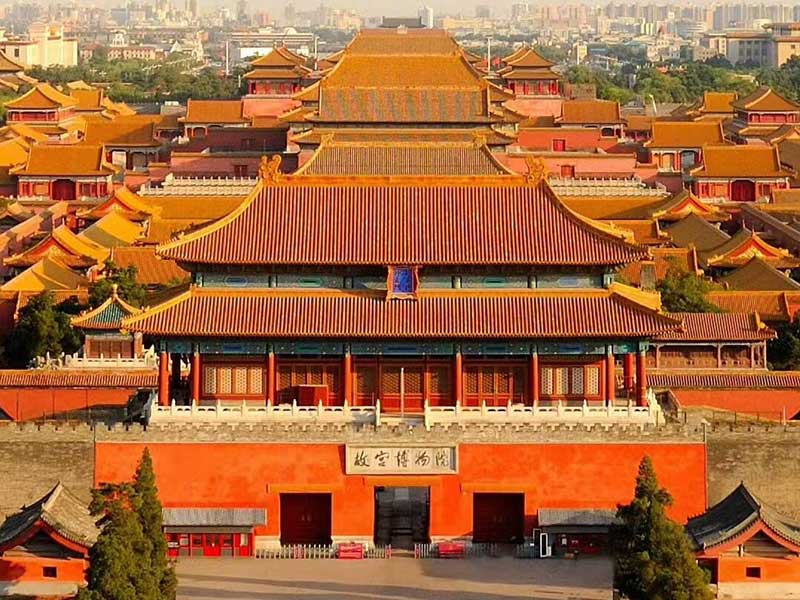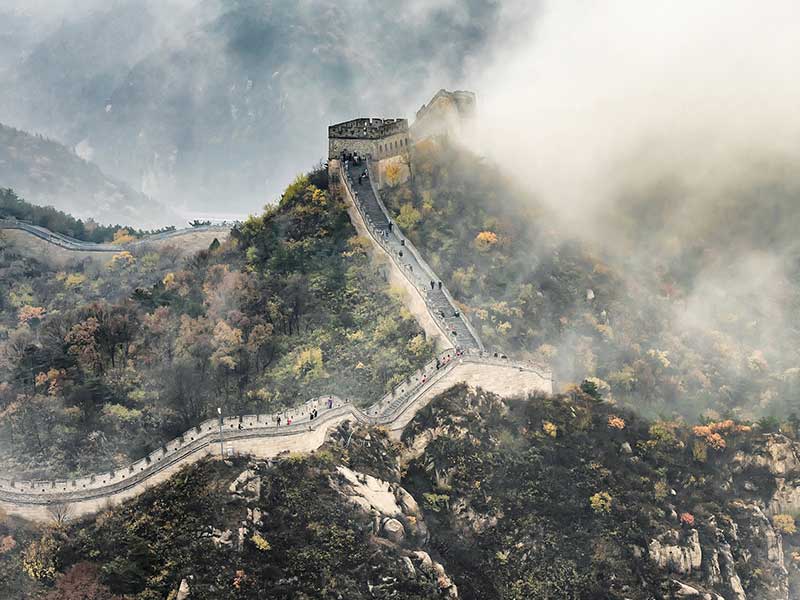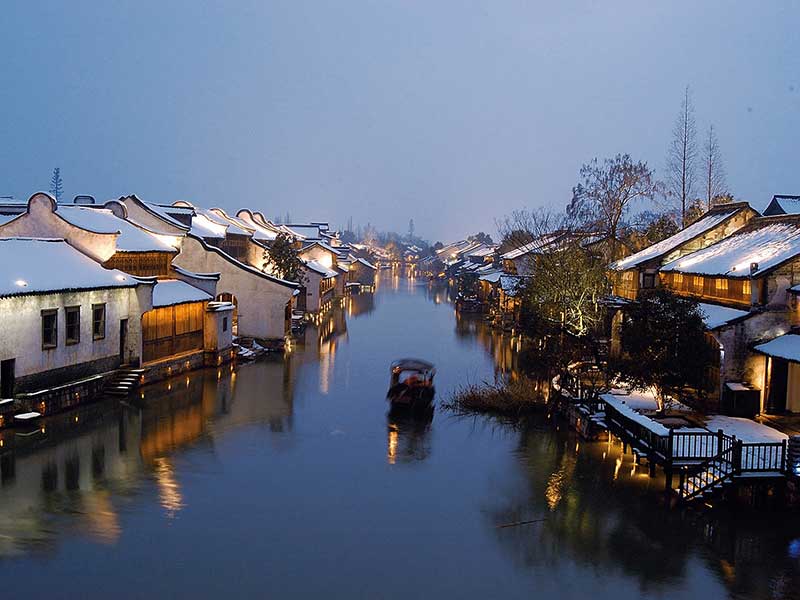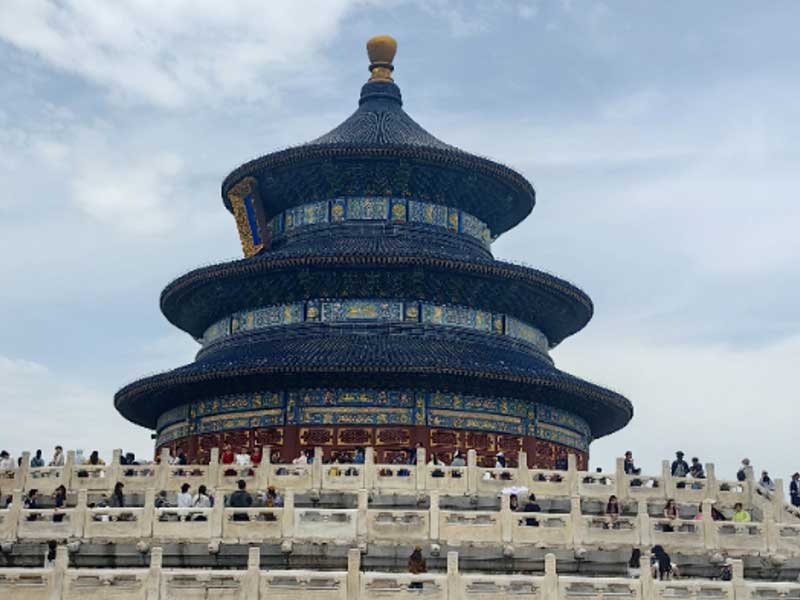Yanmen Pass is located in the northern part of Daidian County, Xinzhou City, Shanxi Province, on the Xingling Ridge. It is one of the most famous passes on the Great Wall, known as "Among the nine passes of the world, Yanmen is first," and is an outstanding representative of the ancient Chinese military defense system. The pass is situated on a steep and lofty mountain range, serving as an important passage between the Central Plains and the northern nomadic tribes in ancient times. It is not only a witness to history but also a symbol of the convergence of Chinese civilization and nomadic culture. Yanmen Pass was built during the Warring States period and has been continuously reinforced and expanded through the dynasties of Qin, Han, Tang, Song, and Ming, finally taking the form we see today in the Ming Dynasty. It is not only an important pass on the Great Wall but also a famous military fortress in Chinese history, witnessing countless wars and historical changes. If you are interested in history, military, and border culture, Yanmen Pass is definitely a must-visit destination.
Yanmen Pass Walls
The Yanmen Pass city walls are located on the East Xingling Divide. The walls are approximately 5 kilometers in circumference, 10 meters high, with stone bases and brick bodies, and the top is paved with bricks and stones in a stepped pattern. On both sides, there are parapets. The walls have several watchtowers, and the city contains military offices, barracks, and schools for soldiers, making it an important part of the ancient military defense system.
The city has two main gates: the eastern gate faces west, with the word "Tianxiang" (Heavenly Danger) carved above the archway. A tower (Yan Tower) is built above the archway, spanning five rooms and 4 rooms deep, surrounded by a corridor. It was destroyed in 1937 but rebuilt in 1982. The western gate faces north, with the word "Dili" (Earth Advantage) inscribed above the archway. A gate tower (Liu Lang Temple) is built above the archway, housing statues of Yang Luchang, Meng Liang, and Jiao Zan. It was later restored to a two-story curved roof structure.
Zhenbian Temple and Guan Di Temple
Inside the city walls, there is the Zhenbian Temple, located to the north of the eastern gate. It was built in the first year of the Zhengde era, originally dedicated to the famous general Li Mu of the Warring States period, and later became a Buddhist temple called Zhenbian Temple. In front of the temple, there are stone flagpoles and stone lions. Inside, there are bell and drum towers, and the main hall houses one Buddha and two Bodhisattvas. The Guan Di Temple is located inside the western gate, with the main hall housing statues of Guan Yu, Guan Ping, and Zhou Cang. There is also a stage opposite the main hall, along with a bell tower and side rooms.
Yanmen Pass Great Wall
The Yanmen Pass Great Wall starts at Baicao Kou and ends at Xin Guangwu, with a total length of about 5,033 meters. It is approximately 8 to 10 meters high, 4.6 meters wide, and has a watchtower every 120 meters. The existing complete watchtowers include "Zhenjiong," "Konge," "Zhuanglu," and "Tianshan." Among them, "Zhuanglu Tower" is the boundary between the Baicao Kou and Xin Guangwu sections of the Great Wall. It has two gates that can close the wall, making it a significant landmark of the Ming Dynasty Great Wall.
Beacon Towers and Border Watchtowers
Around Yanmen Pass, there are four beacon towers and border watchtowers. The Weiyuan Tower is built on the summit of the mountain, grand and imposing, serving as an important observation point on the Great Wall. In addition, there are ancient sites such as Yanjing Pavilion, Changping Bridge, Jiudong Pavilion, Yunji Spring, Ma Gong Tomb, Guanling, Guayuan Peak, Yantai, Yanyue Pavilion, Mingyue Pavilion, Stone Arch Bridge, and Baotu Spring outside the city walls. Although most of these sites have been destroyed, they are gradually being restored.
Historical Significance
Yanmen Pass is not only a military fortress but also a bridge connecting Chinese civilization and nomadic culture. It witnessed major historical events such as the Western Zhou Mu Tianzi's western expedition, Emperor Wu of Han's northern campaign against the Xiongnu, and the Tang Dynasty's Li Jing's northern campaigns. It is an important symbol of the northern border culture of ancient China.
Here, there are rich historical relics and cultural traditions, such as the Buddhist culture of Zhenbian Temple, the loyalty spirit of Guan Di Temple, and the ancient bridges, springs, and tombs around the area, all of which are important parts of Yanmen Pass culture.
Tourist Tips
The Yanmen Pass scenic area covers about 30 square kilometers, with main attractions including the city walls, the Great Wall, watchtowers, beacon towers, Zhenbian Temple, and Guan Di Temple. It is recommended to spend 1 to 2 days visiting the area. You can walk along the Great Wall, visit the watchtowers and beacon towers, and climb Weiyuan Tower to see the panoramic view, feeling the grandeur of the site.
When visiting, please protect the historical relics and do not touch or damage them arbitrarily. Some attractions like the Guan Tower and watchtowers have been restored and can be photographed, but you should follow the park's rules, remain quiet, and avoid loud noises.

